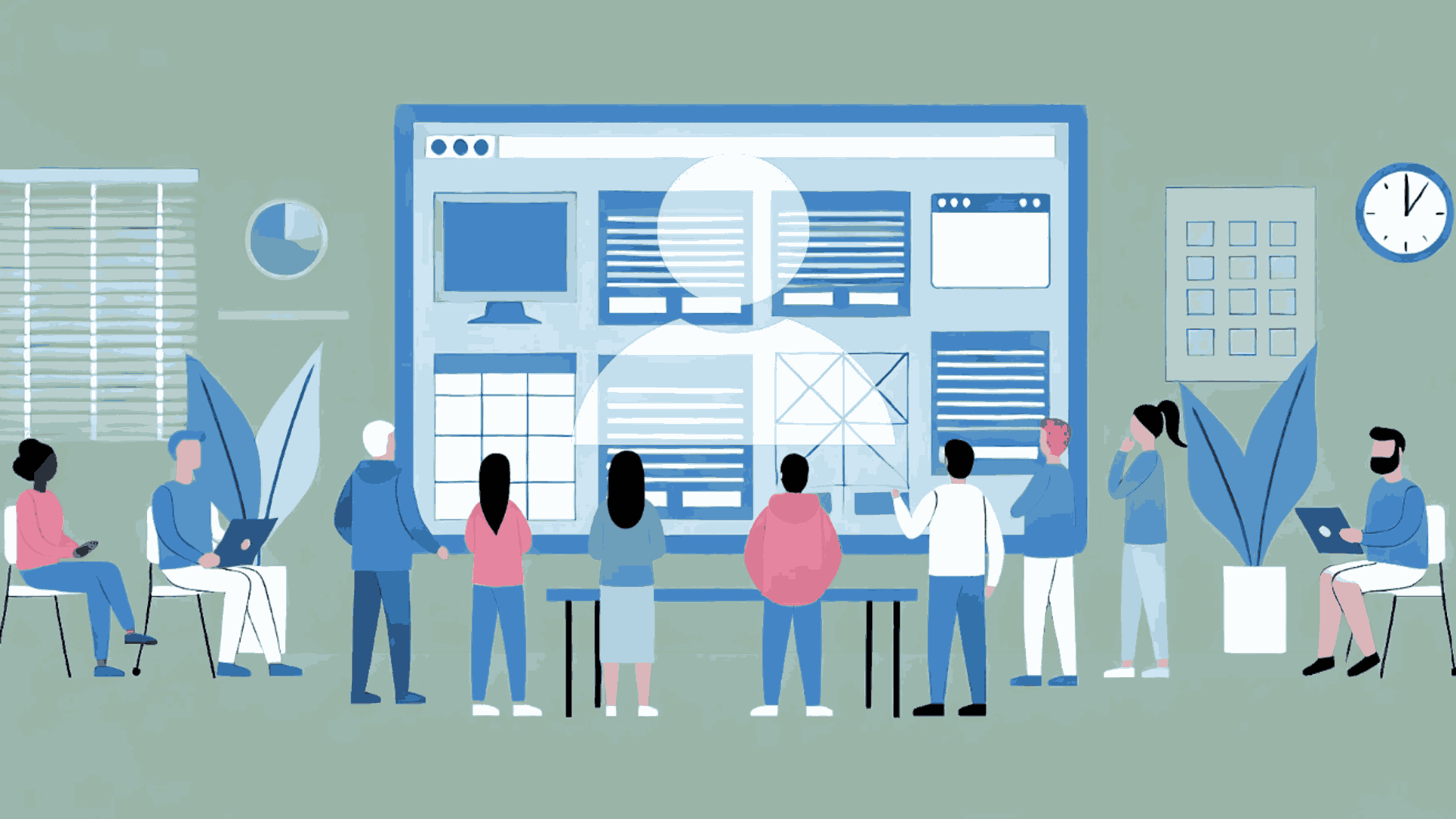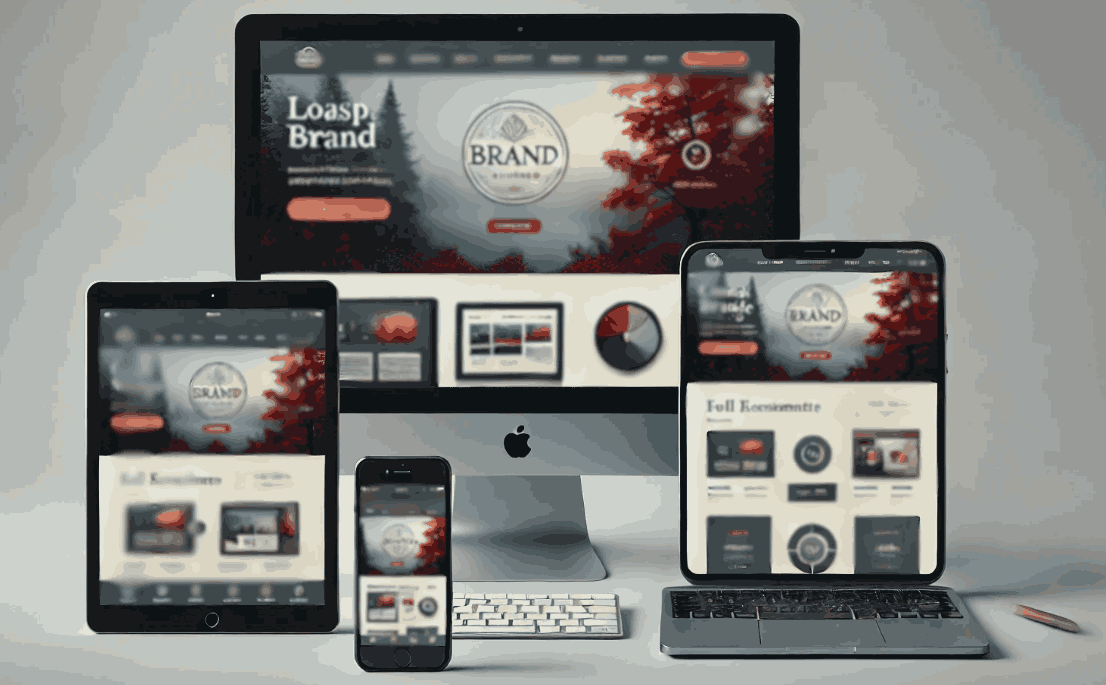
Introduction
Art direction is a vital part of translating client goals into designs that not only captivate visually but also serve a meaningful function. It’s not simply about aesthetics; it’s about solving real-world challenges while creating experiences that resonate with users. At the core of effective art direction is the ability to shape a cohesive vision, ensuring the design aligns with both client objectives and user needs.
Art direction involves managing the design process from concept to completion. The art director acts as a bridge, linking clients with design teams, ensuring the creative vision stays intact throughout the journey.
In this article, we’ll share our approach to art direction, demonstrating how we transform projects by focusing on user priorities and delivering results that balance both beauty and performance.
Understanding the Needs of Clients and Users
Successful designs are rooted in a deep understanding of both client expectations and user requirements. We begin by pinpointing the project’s goals, but we dive deeper into understanding the desires and pain points of the end-users. This approach allows us to create designs that go beyond aesthetics and ensure seamless functionality.
Listening to Users

Before any design ideas take shape, we invest significant time in listening to users. Since they are the ones interacting with the final product, understanding their needs is critical. We gather this essential information through:
In-depth Interviews: We speak directly to users to understand their frustrations, preferences, and what they expect from the design.
Workshops: Collaborative workshops with stakeholders and users provide insight into what they want from the final product.
Behavior Analysis: Observing user patterns helps us identify frustrations and develop solutions that will make their experience more fluid.
By gathering these insights, we develop a strategy that places the user at the forefront, ensuring the final design is not just functional but enjoyable.
User-Centric Design

User-centered design is about creating experiences that are intuitive, seamless, and tailored to the user. Every decision we make is informed by real user feedback, ensuring we build solutions that are easy to navigate and enhance the overall experience.
Purpose-Driven Design: Focused on User Solutions
Designing with users in mind requires more than creating visually appealing work; it’s about addressing problems and delivering value. Our user-centric design philosophy focuses on:
Intuitive Navigation: Ensuring users can find the information they need quickly and effortlessly.
Clear Information Architecture: Organizing content so users can navigate through the platform with ease.
Prioritizing Key Features: Highlighting the functions that matter most, guaranteeing a smooth, user-friendly experience.
This process ensures that each interaction serves a purpose and elevates the user’s overall journey.
Interactive Prototypes
Great designs are refined through ongoing iteration and testing. Before a design is finalized, we create prototypes to gather user feedback and validate our decisions. This iterative approach helps ensure that the design is on the right track and aligned with user needs.
Early Testing with Interactive Prototypes
We use low-fidelity prototypes early in the process to test usability and gather feedback. These prototypes allow us to:
Test Usability: Engage real users to see how they interact with the design.
Gather Feedback: Use insights to improve and refine elements.
Quick Iterations: Adapt designs based on feedback, ensuring a more functional and user-friendly outcome.
By testing early and frequently, we catch potential issues and create designs that are optimized for real-world use.
Bringing Brands to Life with Visual Storytelling

While functionality is essential, the visual aspect of design leaves a lasting impression. Strong visuals not only enhance engagement but also communicate the brand’s story and values.
Our art direction is focused on telling your brand’s story through compelling visuals. We aim to:
Build a Cohesive Identity: Ensure the visual elements align with your brand values.
Design for Cross-Device Consistency: Ensure your brand's visuals are impactful and consistent across different devices.
Maintain Aesthetic Consistency: Make sure each visual component fits into the overall user experience.
This holistic approach creates a visual identity that strengthens the connection with your audience and sets you apart from competitors.
Seamless User Experience: Blending Design and Functionality

The balance between design and usability is where the user experience is shaped. We don’t just focus on how things look—we ensure they perform exceptionally well on all platforms. Whether users are on a desktop, tablet, or mobile device, they should enjoy a consistent, seamless experience.Alongside visual appeal, we emphasize technical performance by focusing on:
Optimized Performance: Fast load times and smooth interactions across all platforms.
Responsive Design: Ensuring designs adapt seamlessly to different screen sizes without sacrificing usability.
Accessibility: Incorporating standards that ensure the design is accessible for all users, regardless of ability.
By merging aesthetic excellence with strong technical performance, we deliver designs that are cohesive, functional, and enjoyable across all devices.
Conclusion
Art direction serves as the bridge between client objectives and innovative design solutions. By combining thorough user insights, strategic design, and cutting-edge technology, we create visually striking designs that not only meet client goals but exceed user expectations. Whether you’re introducing a new product or refining an existing one, our approach ensures the final outcome is both captivating and high-performing.
From initial user research to final implementation, we aim to craft designs that align with client ambitions while delivering a superior user experience. Let us bring your vision to life with solutions that are not only visually appealing but also practical and efficient.
